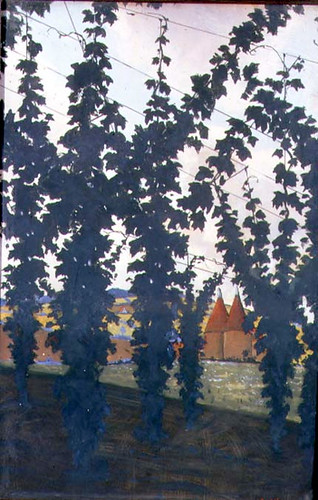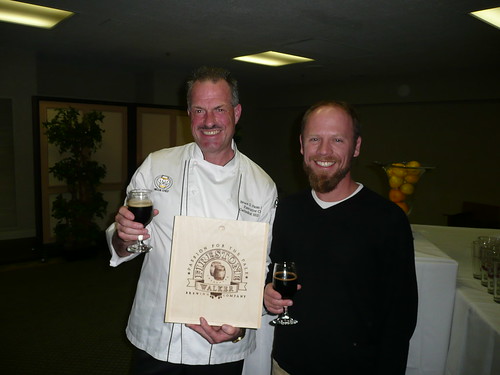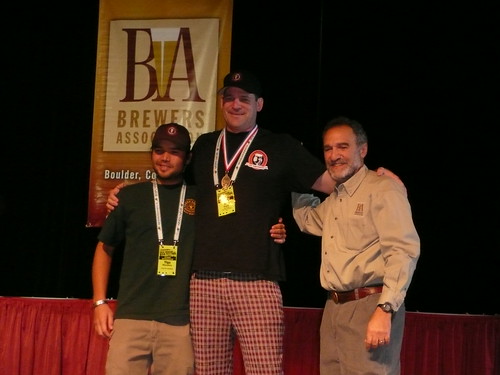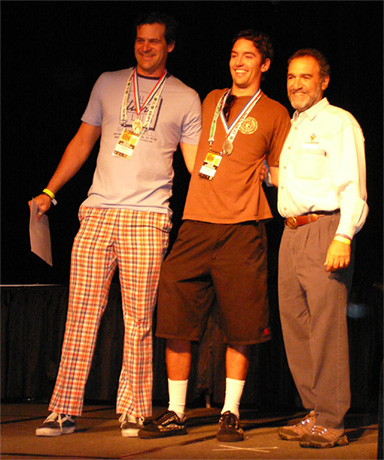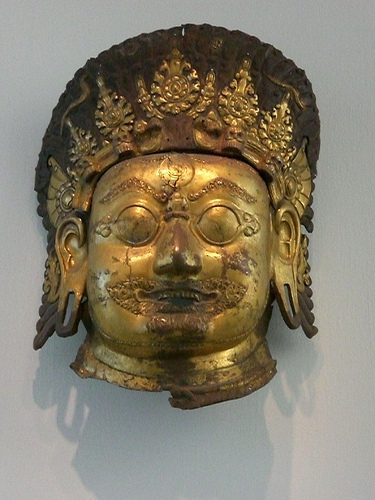
In my on-going efforts to stay caught up, here is some worthwhile reading I’ll suggest taking a look at. These are various random beer articles that have come to my attention over the last few weeks. Enjoy.
- Craft Beer In A Can? A Gutsy Move Is Paying Off from NPR
- Oh Dear, It’s Beer, Beer, Beer, Beer by Joanne Weintraub, on the Milwaukee-Wisconsin Journal Sentinel Online
- That’s a ‘Binge Belly,’ Not a Beer Belly on WebMD Health News
- Category Builders vs. Category Killers on the Branding Strategy Insider
- Why Every Cold Beer Costs You More by Michael Brush on MSN Money
- Celebrate the History of Statistics: Drink a Guinness by Andrew Leonard on Salon’s How the World Works, which is also discussed at the Economist’s View


